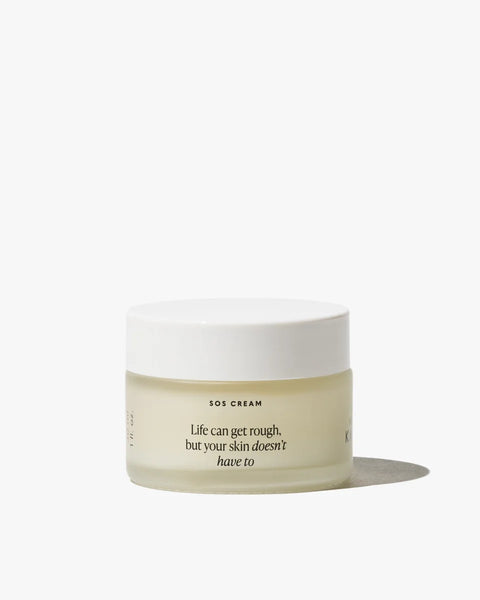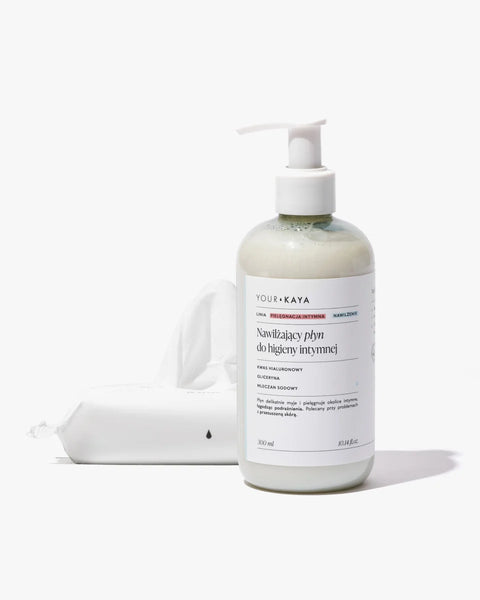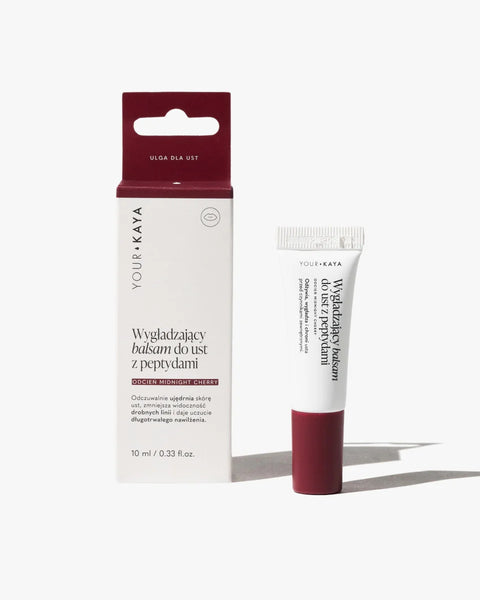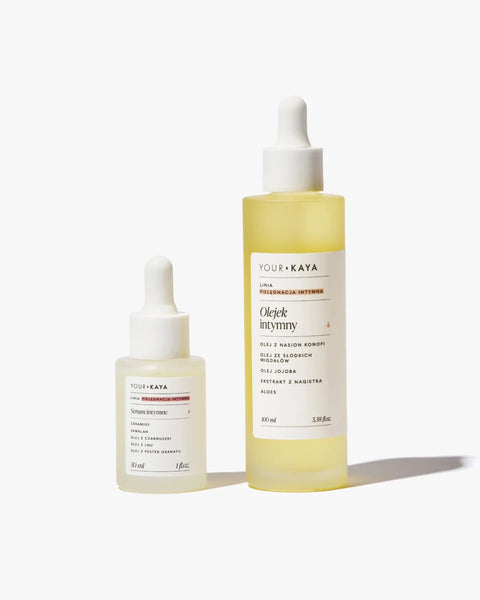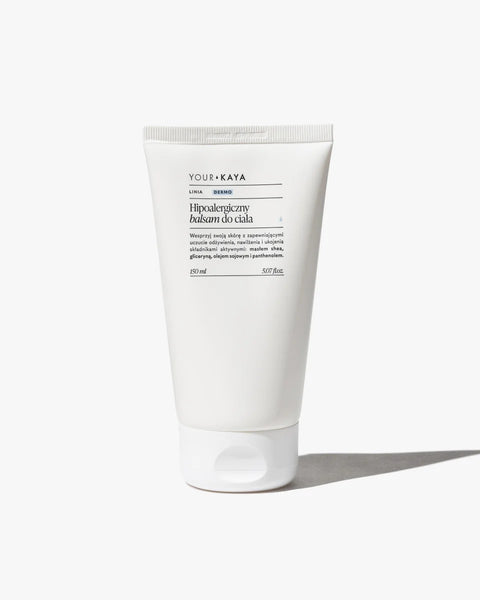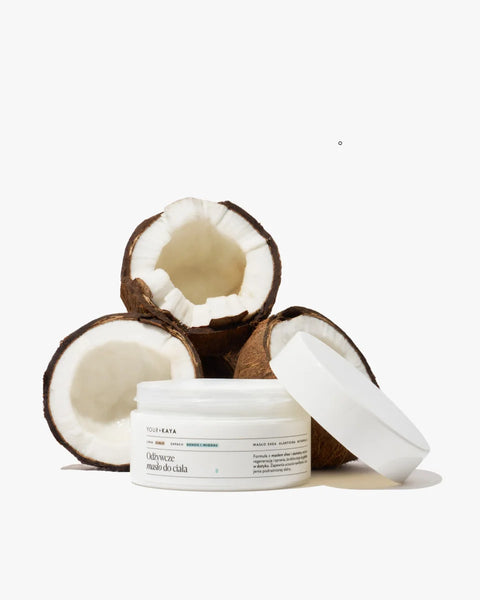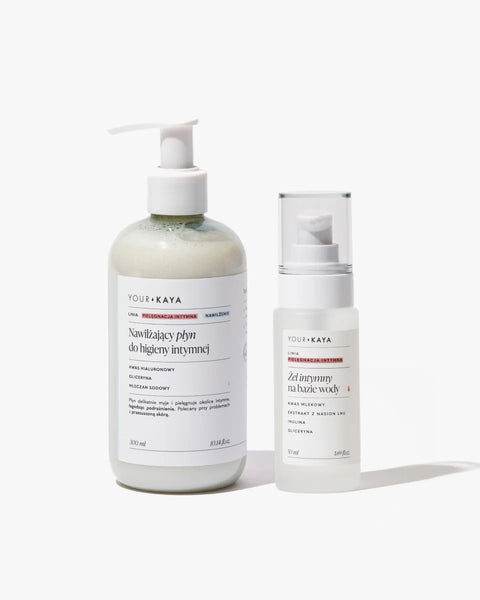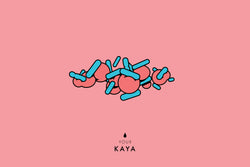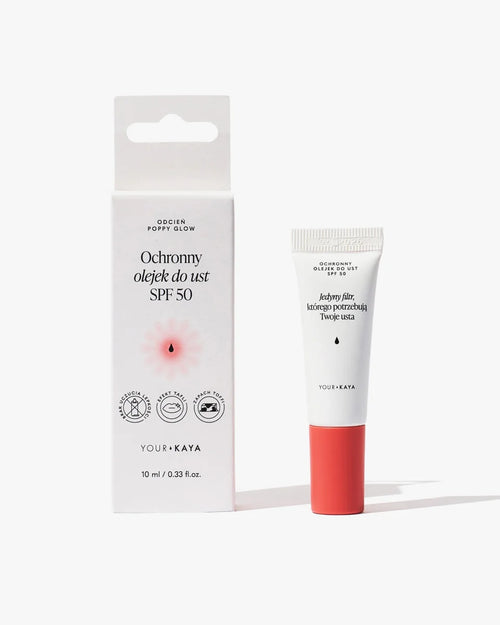Most often, infections are not caused by bacteria that we "infected" ourselves with, but by our own, fed, raised in our bodies. Bacteria in the vagina were, are and should be - there is nothing wrong with that. The proximity of the anus and urethra is also not indifferent. The problem is maintaining the balance between microorganisms. The dominant bacteria is lactic acid bacteria, first isolated from the vagina almost 130 years ago. And it is this bacteria that is responsible for the acidic environment, protecting against infections from other microorganisms. Other microorganisms that may be present in the vagina include Staphylococcus epidermidis, Staphylococcus saprophyticus, Veillonella, Corynebacterium, Bifidobacterium, Peptococcus, Porphyromonas, Gardnerella vaginalis, Klebsiella, Escherichia coli and fungi from the Candida family . And everything is fine when they are a minority and the result of the vaginal culture is "physiological flora".
What causes the bacteria that live in our vagina to suddenly cause an intimate infection? An imbalance between them. As long as everyone knows their place in the ranks, everything is fine, but it gets worse when someone starts to grow in numbers too much. We need to be aware of the fact that the bacterial composition of our vagina depends on many elements, starting from race, age and geographical latitude, through the number of partners, exposure to semen, exposure to micro-injuries, the amount of sugar consumed (diet in general),type of contraception and even smoking, our well-being and whether we have a cold. Being human - so many variables!
What can we do to get rid of all this mess from our vagina? I'm sure I don't have to remind any of you about intimate hygiene. Public toilets, swimming pools - each of us has our own ways of surviving in these environments 😉 I'll just mention one thing: don't massacre your mucous membranes with constant use of intimate hygiene fluids dedicated to infections. They completely sterilize the vagina, including the good bacteria. By all means, use them together with antibacterial treatment, returning to a more gentle version of the fluid after the infection has subsided.
Another thing: underwear! Yes, I know, in fake red Brazilians our buttocks look like a million dollars. But isn't access to fresh air more important? Let's use airy underwear made of natural materials as often as possible. And we definitely sleep without panties! And if you're not convinced to sleep naked (even though it gives your whole body so much rest...), then at least don't wear underwear and pajamas over it. One of them will be enough 😉
You can read more about the benefits of sleeping naked in our article here .
Everything is fine, but the infection still appeared? In some cases, probiotic therapy will help us - it is advisable to start it with mild infections. It has been proven to have a positive effect not only on vaginal infections, but also urinary tract infections and HPV infections (studies can be found below). And most importantly - no harmful side effects related to probiotic therapy have been shown in women of reproductive age. If, despite the treatment, the symptoms do not subside, you will unfortunately have to visit a gynecologist (yes, I love that chair too). Based on your symptoms and what the doctor sees in your vagina, he will diagnose the type of infection ( bacterial infection , fungal infection , mixed) and apply the appropriate treatment.
Our medical sin is the fact that we often forget about probiotics. Because when we kill everything bad in the vagina, it would be nice to rebuild the good flora. One package of probiotics taken in a row right after a vaginal antibiotic (loading dose), and the second package administered 3 days after each period (maintenance dose) is my prescription for every patient who comes to me with an infection problem. Is it worth taking probiotics all the time? No, because we will make our own bacteria lazy. After the turmoil with infection, we are supposed to help them rebuild, not replace them.
Let's not forget that an infection can occur simply due to a drop in immunity, so it's worth taking care of yourself first and foremost. We put on warm hats, expose our faces to the sun and supplement vitamin D, get enough sleep, eat healthily, and also throw the last pack of cigarettes in the bin and go for a bike ride 😉
PS The topic is very extensive, so the sources contain articles for those eager for knowledge.
- Hanson L., VandeVusse L., Jermé M., Abad CL, Safdar N. 2016. Probiotics for Treatment and Prevention of Urogenital Infections in Women: A Systematic Review. J Midwifery Womens Health, 61(3), pp. 339‐355. https://pubmed.ncbi.nlm.nih.gov/27218592/
- van de Wijgert J., Verwijs MC (2020). Lactobacilli-containing vaginal probiotics to cure or prevent bacterial or fungal vaginal dysbiosis: a systematic review and recommendations for future trial designs. BJOG, 127(2), pp. 287‐299. https://pubmed.ncbi.nlm.nih.gov/31299136/
- Kochan P. (2018), Physiological vaginal microflora and vaginal inflammations and the most common sexually transmitted infections. Proposal of a new approach to diagnostics and treatment. https://www.forumginekologii.pl/artykul/mikroflora-fizjologiczna-pochwy...
- Lewis FM, Bernstein KT, Aral SO (2017). Vaginal Microbiome and Its Relationship to Behavior, Sexual Health, and Sexually Transmitted Diseases. Obstet Gynecol, 129(4), pp. 643‐654. https://pubmed.ncbi.nlm.nih.gov/28277350/
Created at: 13/08/2022
Updated at: 13/08/2022









































